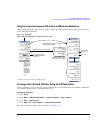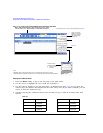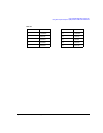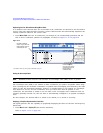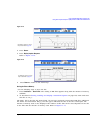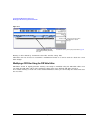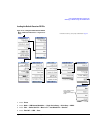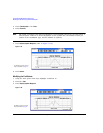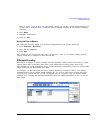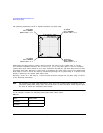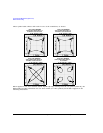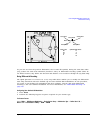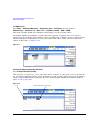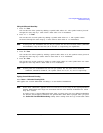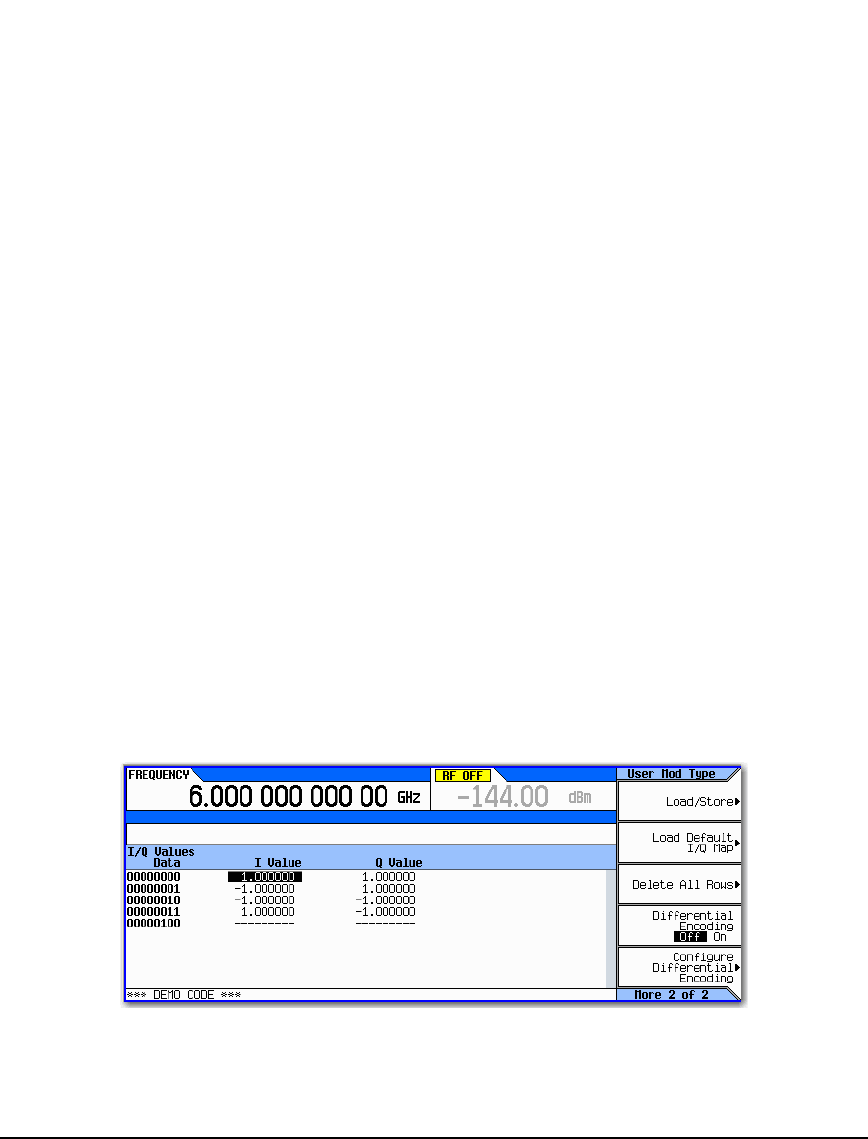
Agilent N5161A/62A/81A/82A/83A MXG Signal Generators User’s Guide 279
Custom Digital Modulation (Option 431)
Differential Encoding
Refer to Figure 11-20 on page 278. The graphic display can provide a useful troubleshooting tool
(in this case, it indicates that a coefficient value is missing, resulting in an improper Gaussian
response).
4. Press Return.
5. Highlight coefficient 15.
6. Press 1 > Enter.
Storing the Filter to Memory
The maximum file name length is 23 characters (alphanumeric and special characters).
1. Press Load/Store > Store To File.
2. Name the file NEWFIR2.
3. Press Enter.
The contents of the current FIR table editor are stored to a file in non–volatile memory and the
catalog of FIR files is updated to show the new file.
Differential Encoding
Differential encoding is a digital–encoding technique whereby a binary value is denoted by a signal
change rather than a particular signal state. Using differential encoding, binary data in any
user–defined I/Q or FSK modulation can be encoded during the modulation process via symbol table
offsets defined in the Differential State Map.
For example, consider the signal generator’s default 4QAM I/Q modulation. With a user–defined
modulation based on the default 4QAM template, the I/Q Values table editor contains data that
represent four symbols (00, 01, 10, and 11) mapped into the I/Q plane using two distinct values,
1.000000 and −1.000000. The following illustration shows the 4QAM modulation in the I/Q Values
table editor.



